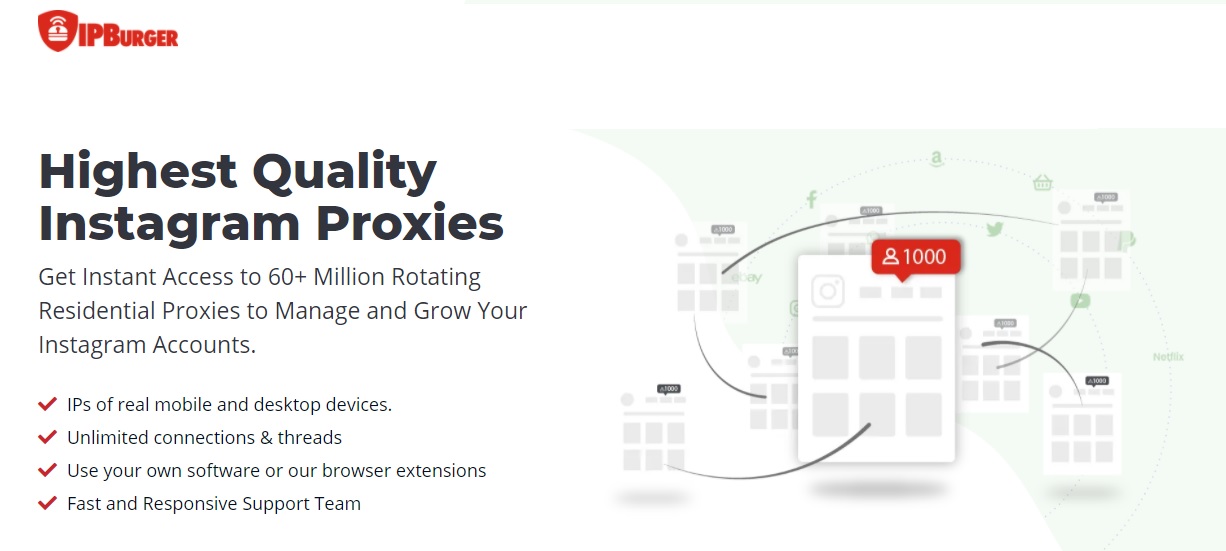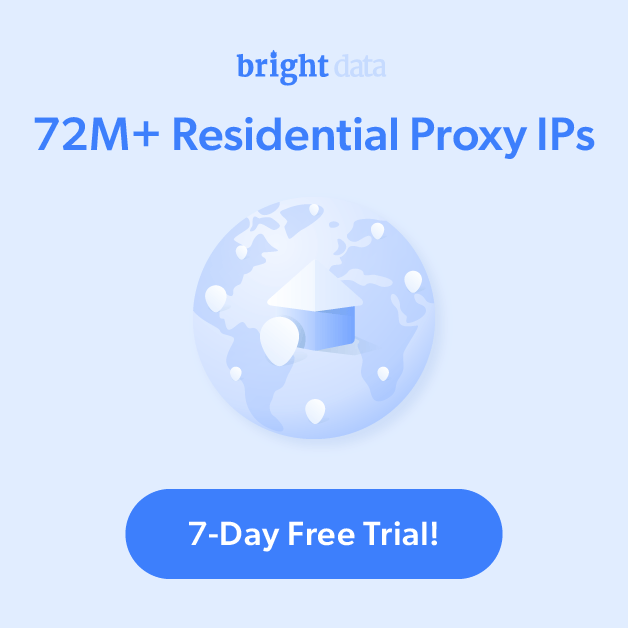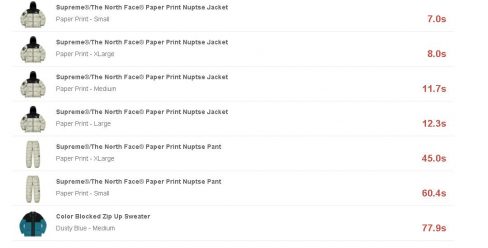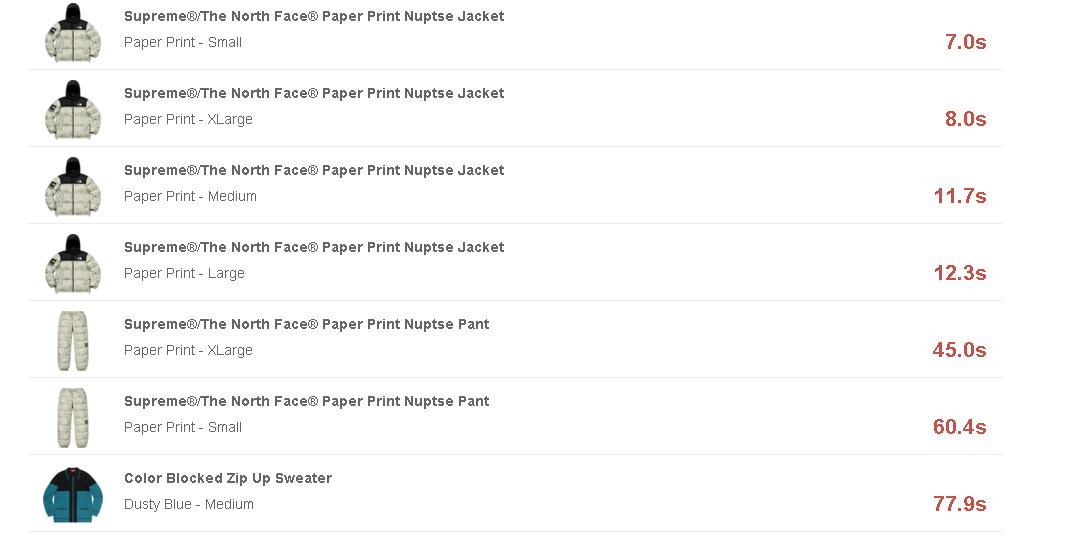Why You Should Use 4G Mobile Proxies for Instagram Marketing in 2023
Where to Find a 4g Mobile Proxy for Instagram
This article explains why many people now use a mobile proxies when using Instagram in 2023 if you want success managing many Instagram accounts. However for the US, as an alternative to mobile proxies you could also use a geo-located residential proxy like these too. Yes, you can specify exact locations for each residential IP and use them manually or with any Instagram automation software you like.

As many of us have found, Instagram is an amazing platform for marketing and promotional activities. Who’d have believed a few years back that a site that was little more than an online photo album would have grown to the size it has today. Indeed for many online entrepreneurs, Instagram is by far the most important platform they use. If you’ve a product or service to promote to a global audience, it’s incredibly effective. For building leads or growing brand awareness it’s equally powerful, which is why it’s so incredibly popular as a promotional tool.
Obviously you’re not going to get far with a handful of followers though and a single Instagram account. So if you’re going to use Instagram commercially then most manage many accounts and try and grow them quickly. However whether you do this manually or use an automation tool like Jarvee or any other bot then you’re going to have to be super careful. Instagram frowns on the commercial use of their platform (unless you use their ads program), growing them artificially or even owning more than a couple of accounts. However selecting the right proxies for Instagram automation is crucial to the success of this method.
So what’s the solution? Well part of the problem is that often people try running their Instagram empire from a single network location. Whether it’s in your office or home then this simply won’t work anymore. Instagram will identify the activity on multiple accounts coming from a single IP address, the result is that you’ll get a variety of blocks and restrictions applied. In more recent times, the Instagram Shadowban seems to be becoming more and more prevalent, basically isolating your hashtags to only your own followers. If you continue promoting like this using the same IP, then the inevitable conclusion will be that the account is disabled. Nowadays this doesn’t take long and even accounts with huge followings can be lost without much warning.
It used to be the case that people would just use bulk Instagram proxies, basically spread their accounts across as many IP addresses as possible. That no longer works, primarily because so many addresses are blacklisted or flagged already. You’ll see people offering clean proxies on many sites, these are using addresses not used by marketer or promotional tools.
Choosing Residential or Mobile Proxies for Instagram
So how are people running dozens of accounts from a single PC? Well, if you are leveraging the power of Instagram then you need to look like a normal picture sharing individual not a money grabbing entrepreneur. Firstly you have to be careful to make any activity on your account look as natural as possible. So you should grow new accounts slowly, if using automation slide back those aggressive settings. The other important step especially when running multiple Instagram accounts is to spread those accounts among multiple IP addresses. To do this you have to use proxies which can hide your specific location and provide lots of IP addresses to use.
Now this used to be relatively straightforward, just grab a few proxies and spread the accounts between a few different IP addresses. Unfortunately it’s become a little bit more complicated, not only do your proxies need to well configured and secure – the type of IP addresses that are assigned has become crucial too. Also the number of accounts per proxy you can use varies a lot, especially with Instagram Bots. The best proxies are obviously those which can handle the most accounts per IP.
Don’t Use Standard Proxies to Manage Multiple Instagram Accounts !
You can use standard proxies for some purposes, for example if you’re just doing simple research through search engines then there’s no real issue. The type and scale of your IP address requirements is fairly straight forward and can be met by virtually any half decent proxy provider using commercial address ranges. These addresses are easily identifiable though and are indicative of proxy/VPN use. Certain platforms like Instagram will flag accounts from these particular IP address ranges as they’re not from internet service providers. As such you’ll see many people who use Instagram commercially or to scale will be using residential proxies for example.
Why can’t we use standard proxy services ? What are the best Instagram proxies to use?
Simply because many platforms and web sites have fairly advance detection systems and one of the things they look for is the classification of the IP addresses assigned to our proxies. For instance in this example a proxy server for Instagram which has IP addresses assigned to a datacentre is going to raise a flag for your social media accounts. They know ‘real people’ generally don’t post from ‘commercial IP address ranges’ from a data center so any accounts routinely managed from them are viewed with some suspicion. So premium proxies for most social media platforms won’t normally use commercial IP addresses. You really have to use a residential proxy of some sort, one that mimics real user’s internet connections. This is essential if you’re using any sort of Instagram automation or have valuable accounts to protect, forget free proxies or those using datacenter addresses they simply aren’t worth the risk.
Now which addresses you can and can’t use is forever under debate from Instagram marketers. In reality it depends greatly on the scale of your operation, someone with fifty accounts will have to be much more careful than someone with eight. On the smaller end of the scale you may not even need to buy mobile proxies, a decent smart phone and an extra sim card would be fine to unblock Instagram.
The type and quality of IP proxies will also impact the number of accounts you can run from each one too, it’s surprising how much this varies. One thing is for sure though, you should certainly stay clear of addresses which are shared between loads of users if you value your accounts. The current consensus is that probably the safest and most sought after are IP addresses which are commonly assigned to mobile phones and real devices which are on dedicated proxies too.
Using 4G Mobile Proxies for Instagram
This isn’t some sort of special proxy which you can move around a lot, but rather one loaded with mobile IP addresses. These are IP ranges which are normally used to allow us to access the internet via our smart phones and mobile devices and are assigned by mobile network operators to the sim cards. The classification of these addresses is the only difference in these proxy servers e.g. datacenter proxies are identical but just use datacenter IPs.
There’s a reason that these mobile proxies are so popular with people operating online particularly on social networks. Firstly they come with a high level of anonymity and are extremely difficult to track. Compared to an IP assigned to a datacentre, the best mobile proxies also pretty much impossible to block. One of the core reasons is that these addresses rarely serve a single user and mobile IP is way more dynamic than standard IP. If you want to read a little more on this we cover the basics of the mobile IP framework here. Mobile proxies do work though for managing multiple accounts and accessing Instagram from them.
The reason is that mobile users obviously move around a lot and their IP addresses are assigned in different way. You can’t just map an address to a specific device or user because it’s very dynamic. The current method involves mobile nodes using two separate addresses – a home address and a care-of-address to facilitate switching between different points of attachment constantly.
These mobile proxies for Instagram or any social media platforms are the perfect cover especially for managing multiple accounts. The mobile IPs are also perfect for marketers or people who value their privacy highly. The social networks dare not block these mobile addresses are they would effectively breaking entire mobile ranges and all the people who share them. A traditional IP address, even one from a residential range would typically be assigned to the same user for days, weeks or even months.
The Cheapest Proxies for Instagram are Actually Mobile
Most of the large players managing lots of social networking accounts will buy mobile proxies now. It’s certainly worth considering a proxy service like this if you are using a program like Jarvee or one of the other automated tools to manage many accounts. Although they’re not as cheap as datacenter ones, the reality is that it’s normally safe to run a lot more accounts per proxy on a mobile IP address than any other. Most Instagram marketers currently suggest that you can normally run up to 15 accounts on a single IP address with few problems.
The crucial factor is as mentioned, there’s no simple way for Instagram to identify and block individual IP addresses assigned to mobile networks. Sure they may suspect that there is some marketing activity originating from a mobile IP pool. However unlike standard private proxy sites the IP addresses could be used by thousands of normal Instagram users too. If you choose the right Instagram proxies you’ll be fine, and for many of us 4G proxies just seem to work.
So where can you find these 4G proxies and a decent mobile proxy service ? Well it’s obviously not that easy to find mobile ip operators simply due to the difficulty and expense in acquiring these ranges. Setting up a decent mobile IP infrastructure with rotating proxies is extremely difficult, yet there are a few mobile proxy provider companies available. In 2021 we should see an expansion in the availability making it much easier to use a mobile proxy for Instagram marketing.
Please remember that this is a hugely volatile area, what works one month can suddenly change without warning. However if you are looking to try an Instagram mobile proxy network which is working well at least into 2021 then here’s another suggestion –
The company was previously known as Luminati but have recently rebranded as Bright Data. They stand out as they have a decent mobile infrastructure set up which includes some of the market leaders. They have only just started to provide mobile proxies, but crucially like all the best proxy providers they are using high quality providers with ranges from companies like O2 and Vodafone. They load their dedicated private proxies with mobile address ranges from premier telecommunication companies in the right location! Unlike other companies who provide cheaper options which usually include ranges from India and Russia, these are already starting to fail so don’t use them!
What makes Bright Data/Luminati different is simply scale, their private residential proxies are sourced from real home users and span the entirety of the globe. Whether you choose from their mobile or residential network, you can be assured that your connections will look like ordinary users
Mobile proxies for Instagram do work and can actually be more cost effective than regular proxies, however there’s the same caveats with account management and how you use tools like Jarvee or Upleap.













